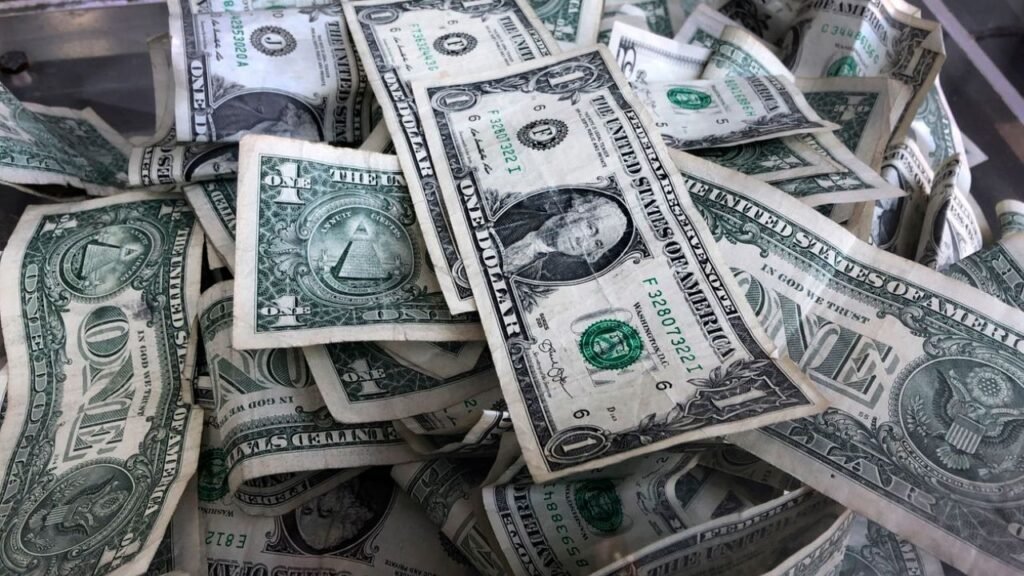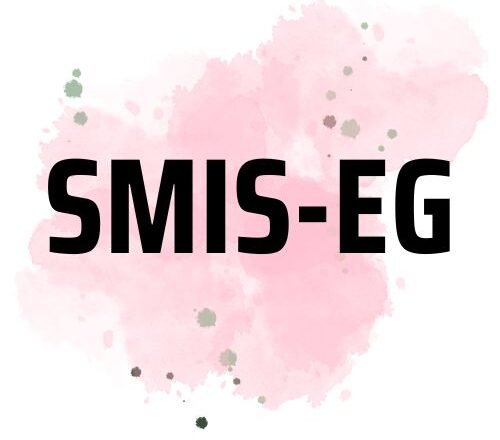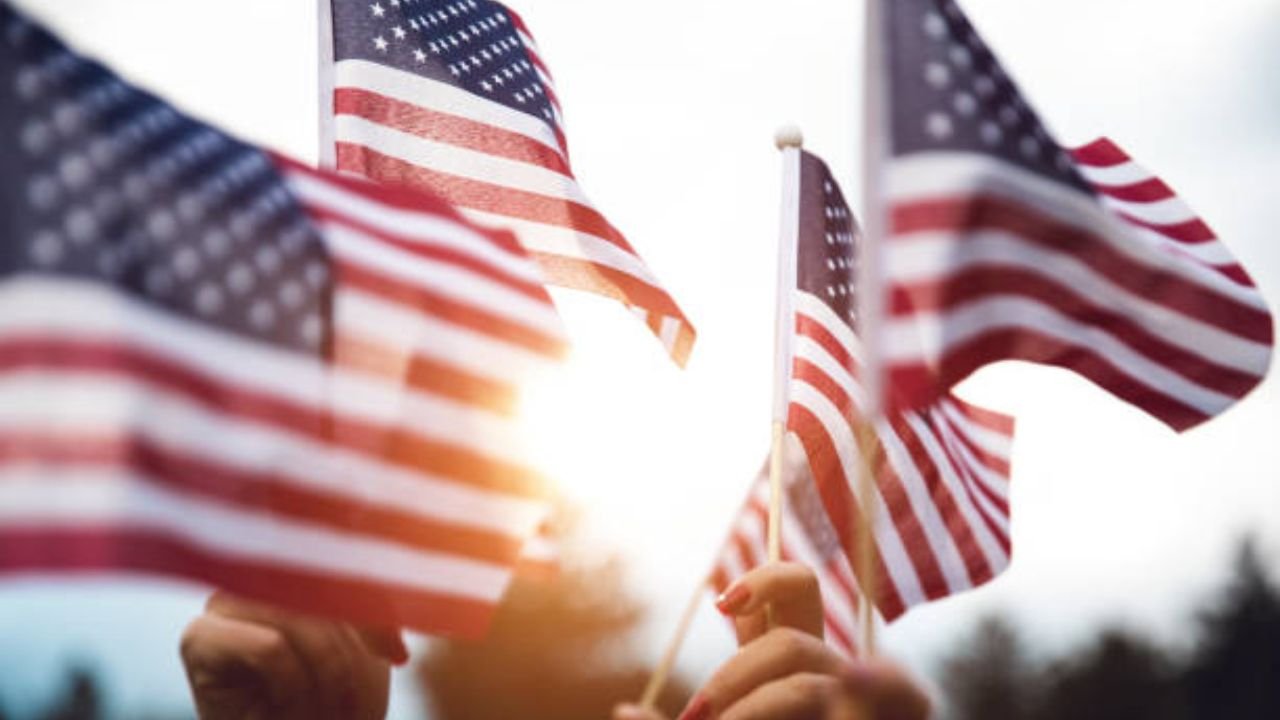A growing number of households are watching closely for the rumored $1,702 direct deposit expected in August 2025, framed as targeted support for residents of New York, Alaska, and Georgia facing higher day to day expenses. While reports point to a potential rollout benefiting more than 8 million people, the final payment date and full process details have not been officially confirmed, and residents are advised to rely only on formal announcements before making financial plans.
| Detail | Summary |
|---|---|
| Payment type | One time state specific relief payment |
| Indicative amount | $1,702 |
| Tentative date | August 21, 2025 |
| Intended states | Alaska, New York, Georgia |
| Basis of verification | Tax filing history and residency status |
| Intended purpose | Help with rising living costs such as food, energy, clothing, housing |
| Expected reach | Potentially 8 million residents if finalized |
| Application | Not required if verified via existing records |
Why $1,702 Is Being Considered As Relief
Persistent inflation has pushed up the price of essentials including groceries, energy, clothing, and housing, placing additional pressure on household budgets. The proposed $1,702 amount is presented as one time support to cushion that strain in the three states identified. The design mirrors a dividend style distribution approach, with discussions pointing to a mid August window, though both date and amount remain subject to change pending an official statement.
What The Rumored Checks Actually Cover
The $1,702 figure refers to a potential single payment focused on residents of New York, Alaska, and Georgia rather than a nationwide program. Framed as a state targeted relief measure operating within a broader federal framework, the initiative aims to directly offset elevated living costs and to land automatically in eligible accounts once verified.
Expected Timeline And Status

The indicative release date circulating is August 21, 2025. Authorities have emphasized that until a formal confirmation is issued, the schedule and the amount may be revised. Residents should watch only official government portals for accurate updates and avoid relying on speculative posts or third party claims.
Program Snapshot For Quick Reference
Authority designation reflects a state specific rollout anchored in existing verification systems and supported by federal level coordination. The operational concept is to use prior tax data, residency information, and status checks to validate eligibility and process deposits without additional forms. Where required, official notices will clarify any procedural steps.
Who May Qualify If Finalized
Eligibility is expected to be based on state residency, recent tax filing status, citizenship or permanent residency, and income thresholds that typically include single filers under $75,000 and joint filers under $150,000. Verification would be performed against tax records to direct payments to qualified households without separate applications, minimizing administrative burden and accelerating processing.
How Payments Would Be Sent
If approved, the process would prioritize automatic direct deposit using bank details already linked to prior filings or benefits profiles. This approach reduces delays and lowers the risk of fraud compared to ad hoc application systems. Where banking information is missing, a mailed check could be used, typically extending delivery times.
What The Payment Aims To Offset
The purpose is to provide timely relief against core budget pressures. Households facing higher grocery bills, elevated energy and utility charges, rising clothing costs, and broader day to day living expenses could use the one time credit to stabilize cash flow, cover essential bills, or reduce arrears during a period of uncertainty.
Current Signal And Caution
Draft language circulating suggests the payments could be aligned with a dividend style funding cadence and routed on or around August 21, 2025. The most important point remains that confirmation has not yet been publicly posted by official sources, and all details should be treated as provisional until a government publication confirms eligibility, dates, and delivery.
Avoiding Misinformation And Fraud
Moments like this can invite misleading posts and false application portals. No unofficial website can enroll residents for this payment. Personal or banking information should never be shared with unverified sources, and rumors about early access or shortcuts should be disregarded in favor of direct updates from official state or federal channels.
How Residents Can Prepare
Residents in Alaska, New York, and Georgia can review filing status, ensure tax records are current, and confirm that direct deposit information on file is correct to prevent delays if the program is finalized. It is prudent to monitor official channels for any confirmation, keep documents ready, and remain prepared for adjustments to the final amount or timing until details are formally announced.

